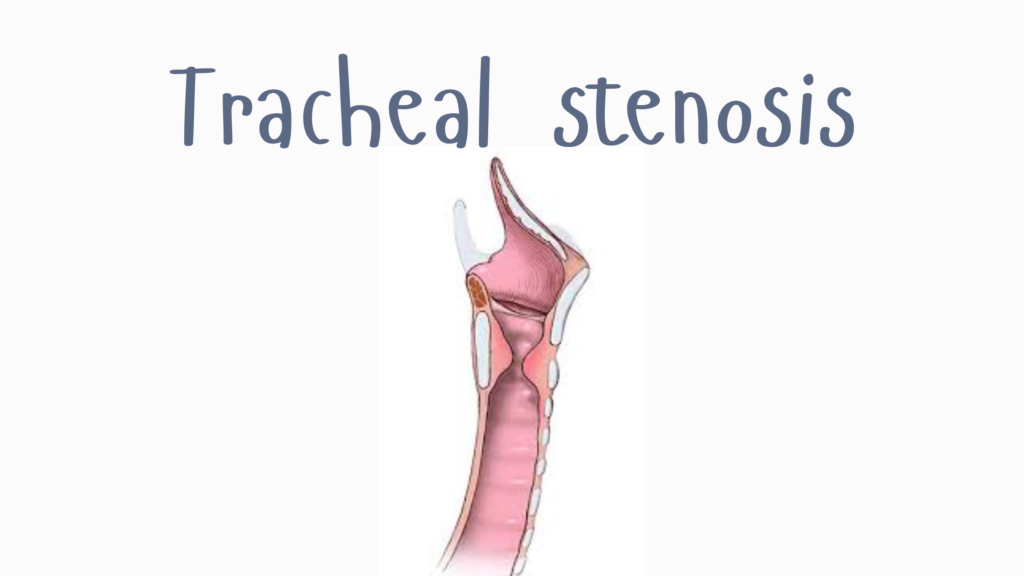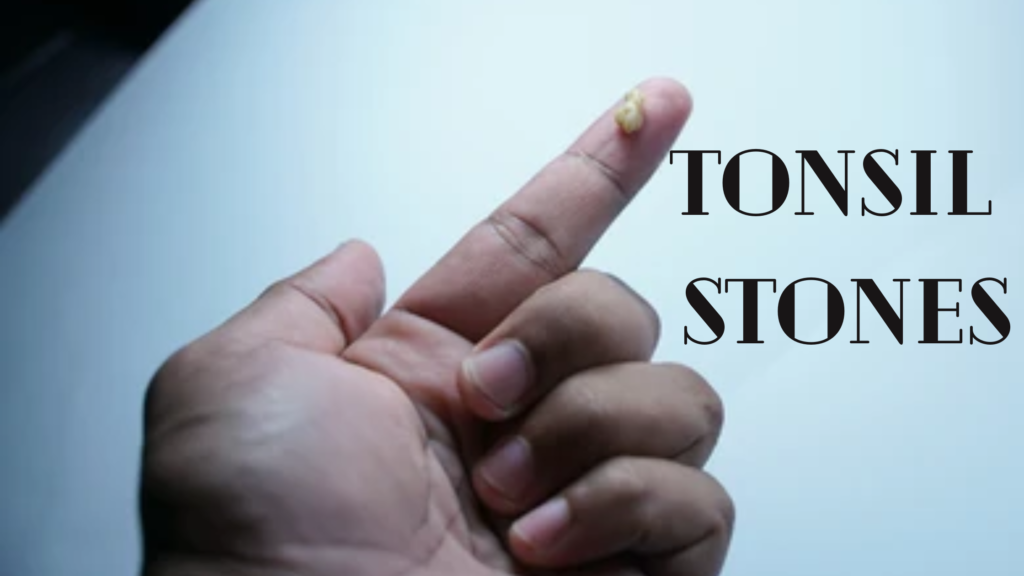Fungal Sinusitis
🍄 Fungal Sinusitis Fungal sinusitis is a sinus infection caused by fungi, rather than bacteria or viruses. It can range from mild to severe, depending on the type and the person’s immune system. 🧬 Types: 🩺 Symptoms: 🔍 Diagnosis: 💊 Treatment: ⚠️ Complications:





